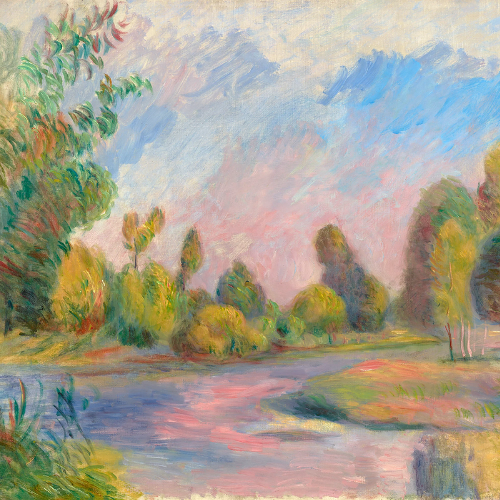An Ancient Art

The Birth of Gold
The middle ages, or medieval times, are remembered as ‘dark ages’ because they are associated with little innovation. Jewelry, however, did undergo significant change during this time period. It marks the birth of the goldsmith, an essential occupation for many industries, jewelry included. The middle ages also catalyzed fashions we still see today, such as cameos, brooches, and gothic jewelry. Biblical scenes were also commonly depicted on jewelry during medieval times, often adorning hats, pendants, and pins. While much of this jewelry may be forgotten, it ushered in the fresh designs of the eras that followed.

A Period of Rebirth
The Renaissance period, which took place from the 14th century to the 17th century, is known as a time period of outstanding creativity and growth, particularly in art but also in technology and infrastructure. Paintings from this era paint a clear picture of what members of society’s upper class would wear. Pendant necklaces appear consistently in these paintings, proving their popularity throughout the Renaissance. These opulent pendants featured an assortment of gemstones arranged in patterns, filigree metalwork, portraits painted on enamel and pearls. As fashions changed over the course of the centuries that define the Renaissance, so did jewelry. Jewelry was designed to adorn hairstyles, hats and even the bodices of dresses.
An Emphasis on Gems
The Georgian era of jewelry design is named after the four King Georges who reigned from 1714 to 1830. During this time, jewelers commonly used colored gemstones, gold and silver to craft original pieces of Georgian jewelry. Jewelry during this period evolved gradually throughout this time of worldwide industrial change.

One of the largest changes in jewelry was its availability to the middle class, not just the aristocracy. While the same jewels and techniques the aristocracy wore were not available to everyone, they did influence the masses. Marie Antoinette shaped what women wore, donning Georgian jewelry with large gemstones and opulent designs. Catherine the Great was known for her love of emeralds and elegant drop earrings, which became popular motifs in Georgian-era jewelry. Also popular were rose-cut diamonds, foil-backed diamonds, rub-over bezel settings cluster settings, cameos and eye portraits.
The Style of a Monarch
The Victorian era, defined as the time period of Queen Victoria’s reign from 1837 to 1901, is one of the most well-known antique jewelry eras. Jewelry underwent great change during this era, and quality examples can still be found today.
A Natural Movement

The Beautiful Era
The Edwardian era was named for King Edward, who reigned following Queen Victoria from 1901 to 1915. In France, this era was also known as La Belle Epoque, French for “The Beautiful Era,” because of the feminine, delicate and artistic designs that the time period birthed. These new designs included filigree and milgrain, techniques that are still widely used today. The filigree technique layers tiny threads of precious metal on top of the base metal for a lace-like appearance, and milgrain created tiny metal beads typically featured on the setting or band of a ring. To craft such intricate designs, jewelers turned to a newfound precious metal: platinum. Platinum’s shiny and durable qualities made it the optimal choice for metalwork.
In terms of stones, people favored pearls and diamonds for their light and airy appearance, but amethyst, garnet, ruby and emerald were also popular.
A New Look
The Art Deco era, defined as the years between 1915 and 1935, has had one of the most recognizable impacts on jewelry. Post World War I, society changed dramatically in Europe and the Americas. The fashions followed suit, including jewelry. These designs are most known for their clean lines, geometric shapes and fashion-forward appearance.
Innovation in diamond cutting during this time produced the modern round brilliant cut diamond. In addition to diamonds, emeralds, rubies, onyx and sapphires were also favored during this time for their bold colors. When paired with platinum, silver or white gold, these stones created a bold, eye-catching piece of jewelry.
The Exposition International des Arts Décoratifs, which took place in 1925 in Paris, is credited with unveiling the “new look” in jewelry. It showcased now-iconic designs from famous jewelers, including the Cartier, Van Cleef & Arpels and Boucheron. Today, Art Deco jewelry pieces are some of the most sought-after antiques for their signature style.
A Glamorous Affair

Taking a turn from the straight geometric lines popular throughout the Art Deco time period, curved lines and feminine details defined jewelry during the Retro jewelry era. Ladies wanted flashy designs modeled after the glamorous Hollywood starlets from the silver screen. The rise of World War II, however, meant platinum was needed for the war effort, so designers looked to yellow gold, rose gold and even green gold. They complemented the gold with colorful stones that were larger than life and designs that were much heavier than any jewelry that came before.










